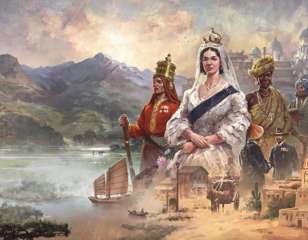Victoria 3 Review "Nothing On The Market Comes Close"
If you're excited about the latest Paradox grand strategy game, check out our Victoria 3 review.
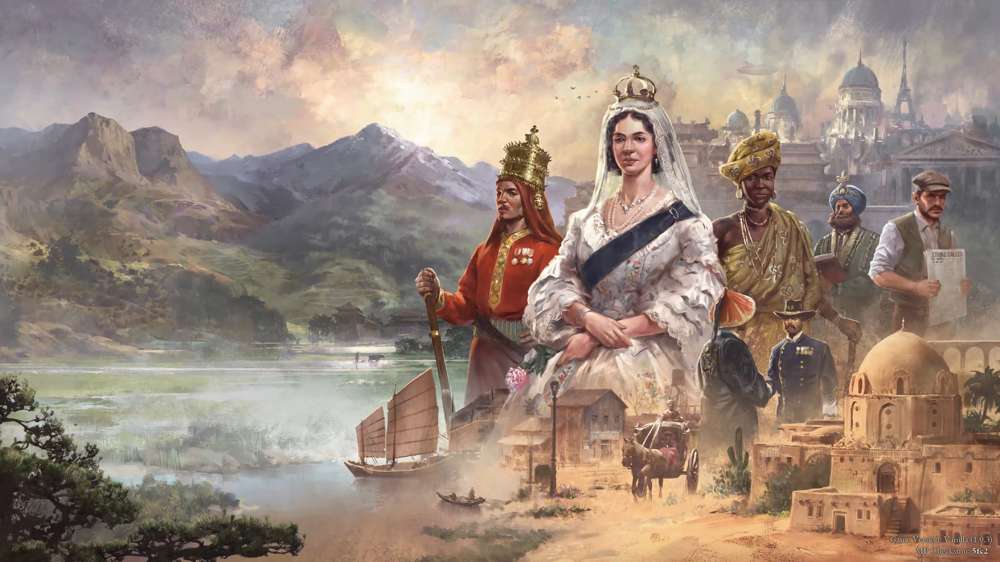
Victoria 3 was something of a white whale amongst the fans of Paradox grand strategy games for a while, with it becoming a meme to ask whether it will see the light of day. There was good reason for this too, as the previous Victoria game offered the type of experience no other grand strategy could. Where others took a more abstract approach to the mechanics, Victoria opted to ground its ideas in real word factors, from managing your population's needs so they don't radicalise, to creating a robust economy that let you specialise in specific goods. Victoria 3 retains much of that same spirit in its complex gameplay, but how does it ultimately pan out?
The Whole World At Your Fingertips
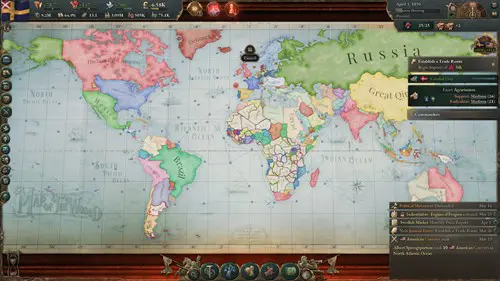
Victoria 3 is a grand strategy game where you're given the reigns of a nation from the starting year of 1836, and tasked with taking them all the way through the Industrial Revolution and the start of the 20th Century until 1936. Much of the game takes place during the age of imperialism, when the Pax Britannica was in full swing, and undeveloped nations across the planet were seen as ripe for the taking by European powers.
Much of the fun in the game is of your own making. There are no real objectives or end goals to speak of, and it's up to you to decide your own fate. Want to dethrone Great Britain as the world's foremost great power? Want to become the world's biggest producer of luxury clothing? Looking to just paint the map and form a modern nation? All of these and much more are perfectly valid options. It's a free form sandbox where you're only limited by your mastery of the game's systems and your imagination - plus there are specific achievements if you need a little push.
Aside from the differences highlighted above, Victoria 3 plays very differently from the other Paradox games, like Europa Universalis or Crusader Kings. Much of the game's mechanics revolve around the overall management of your nation, with a focus on economy, population, and politics. These systems facilitate building tall far more than any other grand strategy, and you can go the entire 100-year period without expanding outward, and still feel accomplished due to how much you can affect change within your own borders.
How To Be An Omniscient Ruler
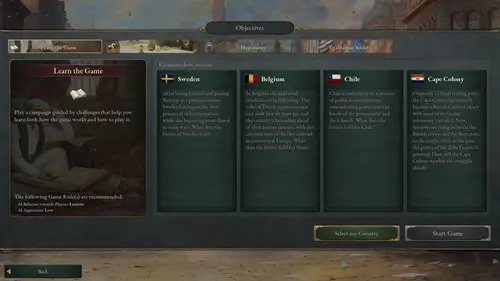
It's fair to call Victoria 3 a very complex game, but it's not incomprehensible. I had no experience playing the previous Victoria games before this, but Paradox's robust tutorial provided a great introduction to the game's base systems, which shows how far they've come at actually teaching people how to play their games.
When you select to start a new game, you're given the option to choose to learn how to play, and then presented with four countries: Sweden, Belgium, Chile, and Cape Colony. These are guided campaigns that teach you the basics, and periodically provide you with objectives to learn about the game's more intricate systems. These specialised campaigns essentially let you learn on the job, and encourage you to experiment with mechanics until you have a better understanding, without the risk of everything blowing up in your face by nerfing the AI. But if you want to take off the training wheels, you'll need to start another campaign, which is where the real challenge begins.
Many of the decisions you can make during a game of Victoria 3 are effected by four key resources: Bureaucracy, Authority, Influence, and Money. The first three of these are called capacities in-game, which are measures of your overall capabilities. These affect the day-to-day operations of your country, your ability to make change, and your ability to effectively take part in diplomacy, respectively. Money on the other hand is used for a myriad of purposes, like paying government and army wages, and paying for construction materials while building buildings.
These resources also feed into other aspects of the game. For example, you will need Bureaucracy if you want to increase the power of institutions like education, which will have a knock on effects toward increasing literacy. Learning what each resource effects is key to mastering how to make the most out of each action you take, and part of the satisfaction of learning Victoria's systems is seeing how everything begins to connect together.
Line Go Up Simulator
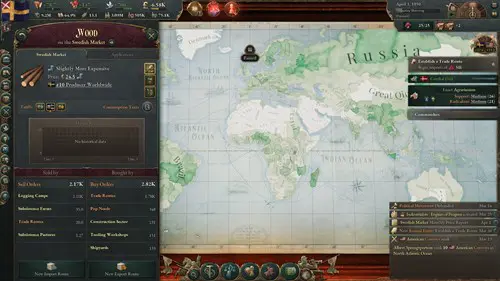
As I said earlier, economic management is a principal feature of Victoria 3, and perhaps the thing you will spend the most time on. Each country has their own simulated economy, which is based on the supply and demand of individual goods that can be produced in buildings. If you want more tools for example, you will need to build workshops or export that good into your nation. Each building requires input goods which are used to produce output goods, and managing each building becomes a balancing act of making sure they're still productive to your economy. All buildings can be expanded to increase the workforce and overall output, but you can also change production methods based on which technology you research, or which system of economic management you prefer.
This is where the Victoria 3's strategic management gameplay really begins to shine, and once again, where you can see how the various mechanics play into one another. If you want to change the production method for your wheat farm, you'll need to make sure you have enough of the required input goods, or enough educated people in your population to take on the different jobs that are required. It's micromanaging at its finest, and I spent hours poring over the different screens that represent the market and the buildings to see what changes I could make to improve productivity by even the smallest margins.
The next principal area of management revolves around your population and the government. Your nation's population is organised into groups called Pops, which are swathes of people who share professions, and people who share the same culture and religion. These Pops are also organised into interest groups, which are political factions who share ideologies and desires for how the nation is governed. These are key for a few reasons, and they also present an obstacle for any changes you may want to make in your country.
Interest groups relate to the laws you can pass to set the rules for how your nation operates. If you want to push your nation toward a less autocratic model, you will need to perform some political manoeuvring by getting an interest group that supports voting and elections into power, and then pass a law that enables this system. This is a central conflict throughout any game of Victoria 3, and another huge part of the strategic puzzle. Figuring out how to get interest groups into power that represented the middle and lower class more, was a eureka moment for me during my playthrough, and enabled me to pass laws that opened up more gameplay avenues.
The Grandest Of Strategy
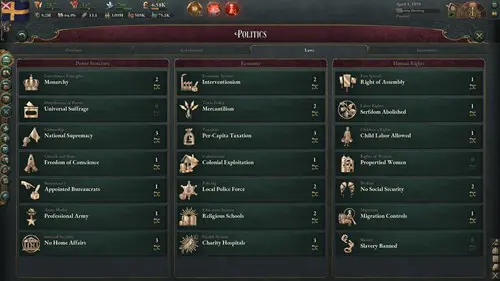
Victoria 3 is a premiere example of the unique gameplay opportunities presented by grand strategy games, making for a playground where the swings are replaced by GDP graphs, and the slides are swapped out with law reform mechanics. It's a niche game that at its core is about enacting social and political change through close internal management of your nation, and nothing on the market comes close to replicating it.
5/5
Reviewed on PC. Code provided by the publisher.
Comments

